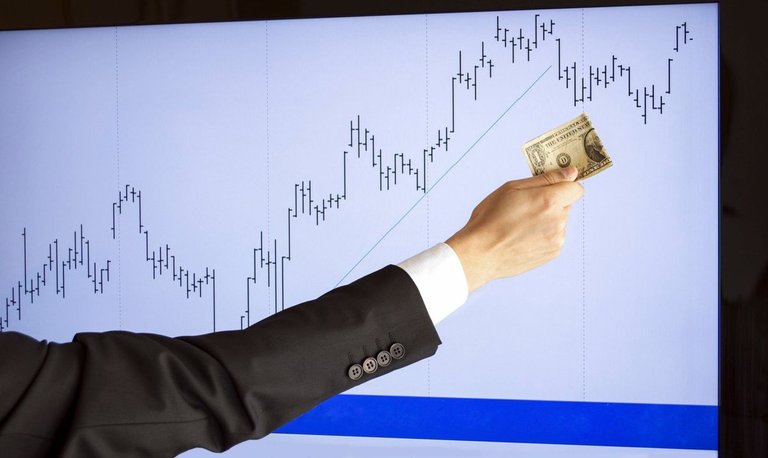Models for Trading.
There are several models that traders can use to make trading decisions. Here are some examples:

1:There are several models that traders can use to make trading decisions. Here are some examples:
Technical Analysis: This model uses charts and indicators to identify patterns and trends in price movements. Technical analysts believe that past price data can help predict future price movements.
2:Fundamental Analysis: This model analyzes economic, financial, and other qualitative and quantitative factors that may influence the price of an asset. Fundamental analysts study the underlying assets and market conditions to determine the intrinsic value of the asset.
3:Sentiment Analysis: This model tries to gauge the overall mood of the market or the sentiment of the investors. Sentiment analysis can help traders identify periods of extreme optimism or pessimism and potentially make more informed trading decisions.
4:Event-Driven Trading: This model focuses on specific events that may affect the price of an asset, such as earnings reports, product launches, and economic indicators. Event-driven traders try to anticipate the impact of these events on the asset's price and make trading decisions accordingly.
5:Quantitative Trading: This model uses mathematical and statistical models to analyze data and identify patterns that may help predict future price movements. Quantitative traders often use algorithms and automated trading systems to execute trades.
It's worth noting that these models are not mutually exclusive, and traders often use a combination of them to make trading decisions. Additionally, successful trading often requires experience, discipline, and risk management strategies in addition to a well-defined trading model.